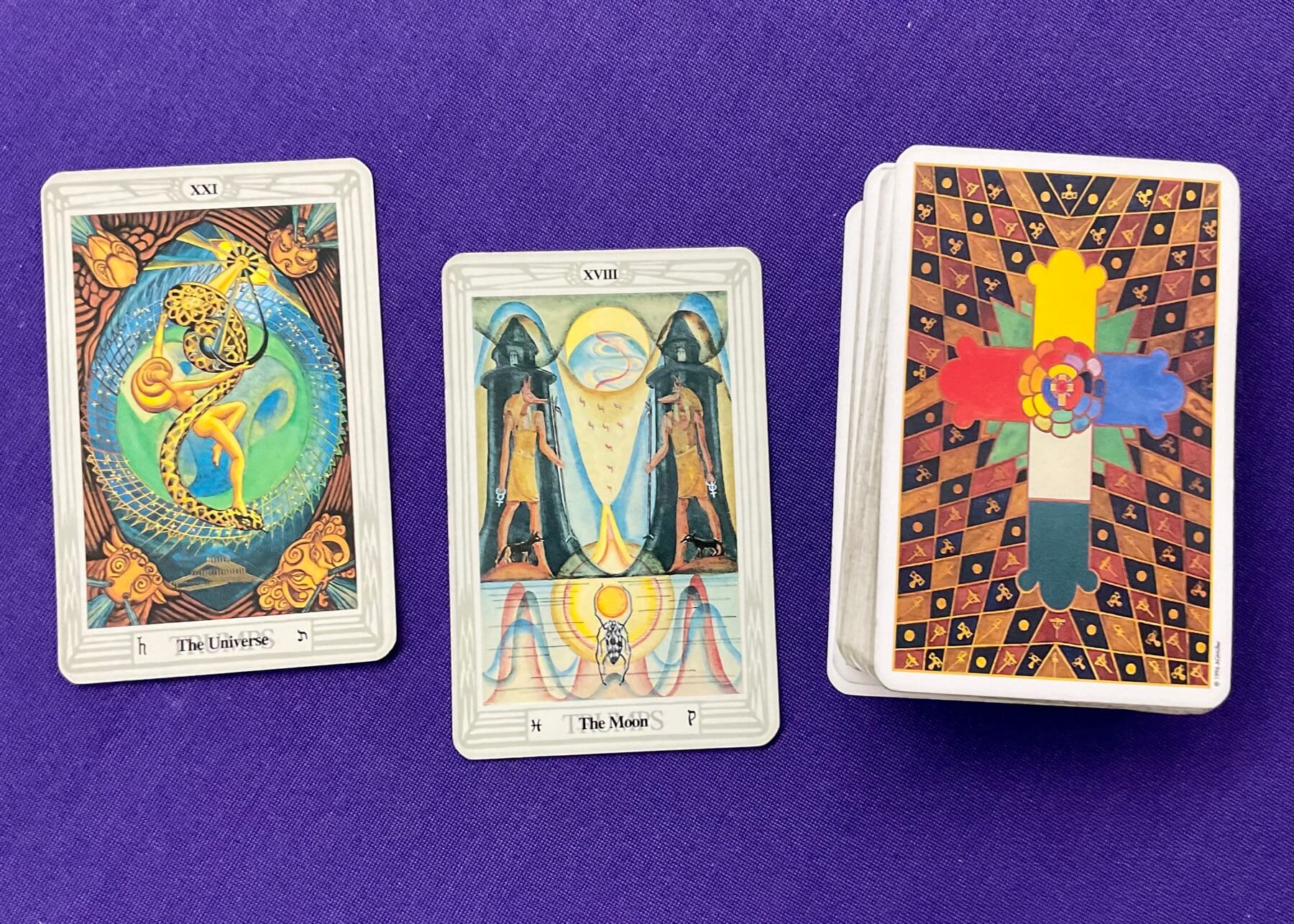
The Cloisters
Off the usual To Be Read stack, an idle pleasure. What caught my attention was a blurb that suggested this novel was “genre bending.”
“Because,” I said, “in a period of constant conflict, knowing the future, or believing that you could, was wildly powerful.” Page 33.
Resonates with the modern era, no?
“Astrologers, of course, were on every payroll in Italy in the fifteenth and sixteenth centuries.” Page 103.
Speaks to me.
- A dozen years back, maybe a little less, I unburdened myself of dozens of Tarot decks, obviously collected over time, but let go in a short period. Most went for pennies on the dollar while a few spiked in price, selling on eBay. I still own a few decks, the Salvor Dali deck, a rare (well-traveled) Knapp-Hall deck, and several iterations of the ones I use, the Thoth Deck, including an increasingly rare “blue box,” which refers to the German publisher’s packaging. Anyone who’s seen me in person the last half-dozen years would recognize the back of the cards, if not the front, and anymore, more totem and token than a real tool. But I do enjoy the iconography. Buried in my stash of old decks, there’s a semi-rare Visconti-Sforza replica deck. That speaks to the history, or some of the occult history of the Tarot cards. It’s one thread in the novel. I have casually studied the history and imagery of the Tarot, and I’ve forgotten more than I know.
Weird story, shifting plot lines, not exactly “genre bending,” but an excellent, fun read. I couldn’t, with any surety, determine how accurate the history of the Tarot was, but anything that makes me dig out my old cards? Sure. Gets extra credit for attempts at valid scholarship into the back ground of the Tarot cards as fortune-telling items, the art of cartomancy.
The Cloisters
